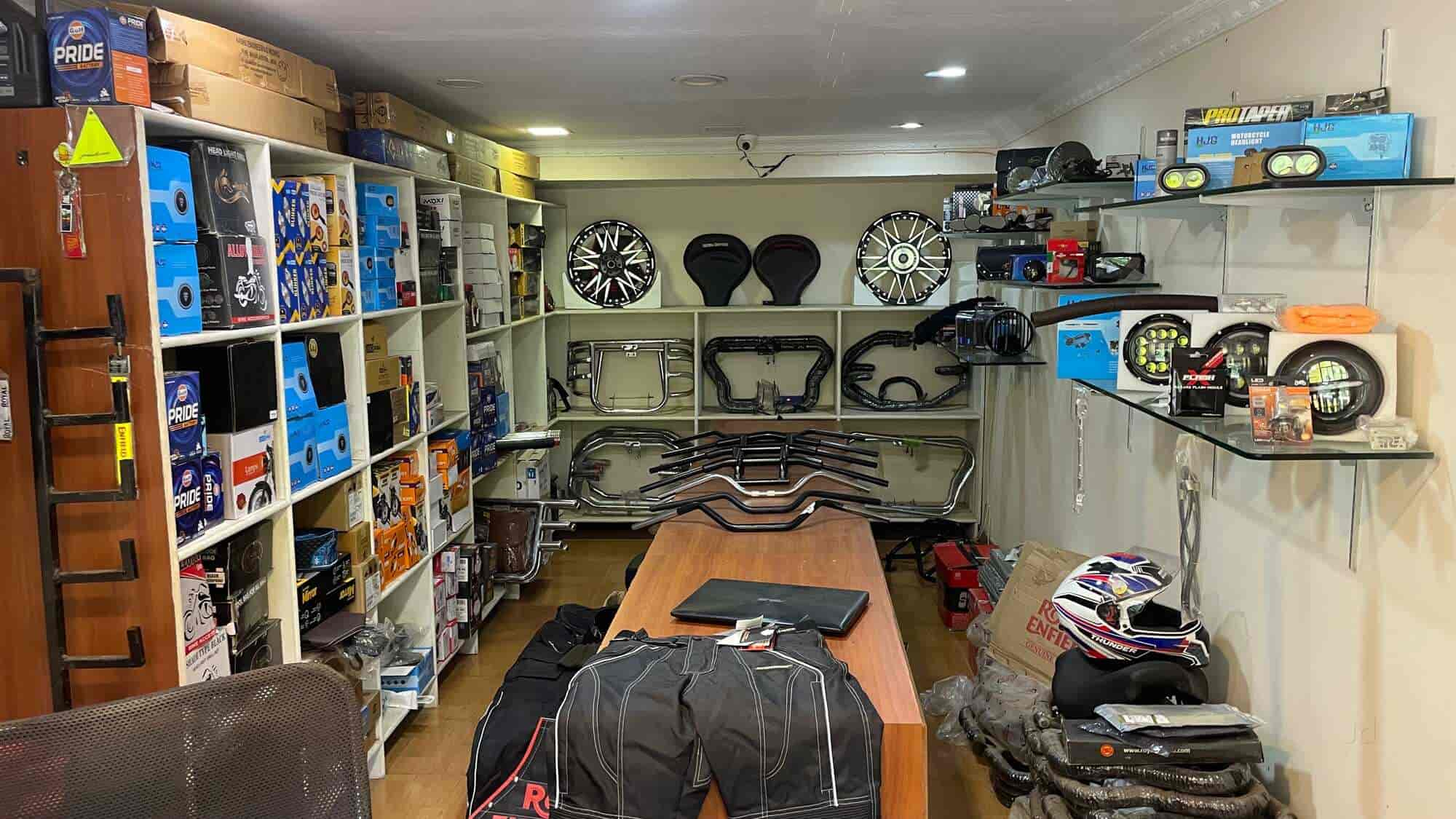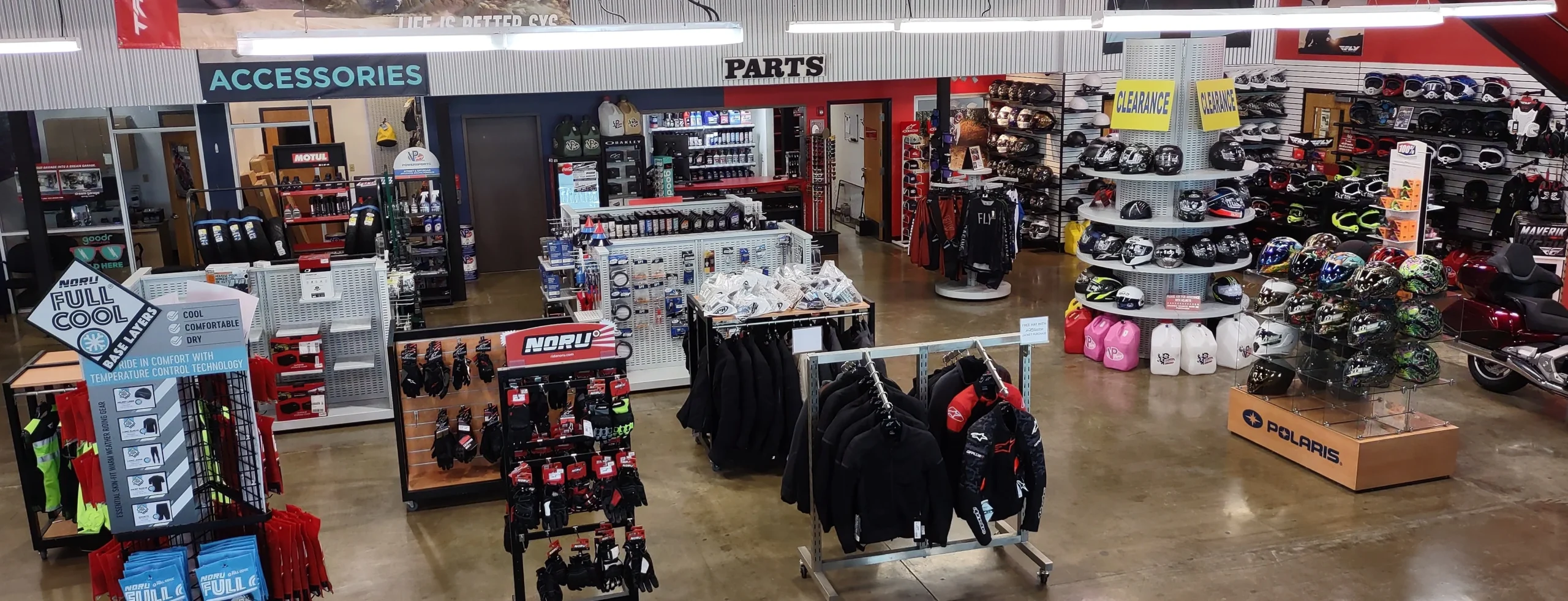Mastering Bike Gears: Just How to Maximize Your Riding Experience
In the world of motorcycling, understanding the art of equipment control is critical for boosting your riding efficiency. Correctly recognizing and using motorcycle equipments can substantially affect velocity, gas, and control efficiency, changing an ordinary trip into a smooth, thrilling journey. By including exact change timing and adapting equipment choice to various roadway conditions, riders can make certain ideal engine performance and safety. The subtleties of clutch control, throttle sychronisation, and equipment auto mechanics beckon a much deeper exploration, guaranteeing to unlock the complete capacity of your machine. Exactly how can these strategies be taken advantage of to really maximize your riding experience?
Understanding Gear Mechanics
Just how do the complexities of gear mechanics influence motorcycle efficiency? At the core of motorcycle characteristics, equipment technicians play a crucial role in converting engine power into motion, ultimately dictating speed and control. Gears, carefully crafted components, allow bikers to optimize torque and speed, guaranteeing a seamless transition through different surfaces and velocities. The gear ratios, carefully designed, determine the relationship between engine changes and wheel turns, influencing velocity and fuel efficiency.
Comprehending gear technicians starts with recognizing the significance of the transmission, which houses several gears of differing sizes. These gears connect with a process called meshing, where teeth of different gears involve to transfer power. The accuracy of this communication is essential; any type of misalignment or damages can cause ineffective power transfer, impeding efficiency. Furthermore, the arrangement and dimension of equipments influence the bike's capacity to take care of different lots and speeds.
In addition, the concept of equipment shifting is important to making the most of efficiency. Smooth and timely shifts guarantee that the engine runs within its optimal power band, stopping unnecessary strain and improving long life (motorcycle shop). By comprehending these mechanical details, riders can accomplish an unified mix of performance, control, and power, boosting their riding experience
Timing Your Changes
Change timing proficiency is essential for optimizing motorbike performance and improving the riding experience. Effectively timed shifts ensure that the engine operates within its optimal power band, which is important for preserving control, attaining smooth velocity, and making certain the long life of the bike. Riders should develop an intuitive sense of when to shift gears, which involves understanding the relationship between engine revolutions per minute (RPM) and rate.
To understand change timing, pay attention to the engine's noise and feel, as these offer important hints regarding when to change gears. When the engine comes close to the top variety of its power band without reaching the redline, the ideal change factor normally happens - motocross gear nz. Changing also early can cause a lack of power, while shifting far too late might trigger unneeded engine stress
Furthermore, roadway conditions and riding style impact shift timing. In contrast, throughout highway riding, fewer changes at higher speeds can be a lot more appropriate.
Enhancing Gas Performance
While mastering bike gears is crucial for efficiency, boosting gas efficiency is similarly important for both ecological and financial reasons. Ideal fuel consumption not just lowers operational costs yet additionally reduces the environmental impact of riding. To attain this, one should comprehend the complex partnership between equipment choice and engine efficiency.
To start with, selecting the best gear at proper rates can significantly impact gas usage. Riding in a higher gear at lower speeds can result in engine carrying, which is damaging to both gas economic situation and additional reading engine wellness. Alternatively, riding in lower gears at broadband results in unneeded fuel intake. Thus, preserving an optimal balance by shifting gears in alignment with road problems and prepared for maneuvers is essential.
Furthermore, routine maintenance plays a pivotal role in gas effectiveness. Making certain that the bike is well-tuned, with tidy air filters and appropriately inflated tires, can enhance the rules of aerodynamics and minimize fuel waste. Taking on a riding style that embraces steady acceleration and smooth slowdown can contribute to much better fuel economic situation.

Strategies for Smooth Transitions
Accomplishing smooth equipment shifts is fundamental to boosting the riding experience and guaranteeing the longevity of a bike's transmission system. Appropriate equipment moving not just adds to a smooth trip yet likewise decreases deterioration on the mechanical parts. To master the art of smooth shifts, riders should concentrate on a couple of crucial techniques.

Secondly, clutch control plays a crucial role. Engaging and disengaging the clutch efficiently calls for technique. The clutch lever ought to be released progressively, enabling a seamless transfer of power from the engine to the wheels without causing a shock or sudden activity.

Adapting to Road Conditions
Navigating diverse roadway problems is an essential ability for any kind of motorcyclist intending to preserve control and security. Whether you're riding on wet surfaces, gravel roadways, or browsing doglegs, your capability to adapt your gear usage and riding strategy is extremely important. Recognizing just how to change your gears appropriately can considerably impact grip and security, guaranteeing a safer trip.
On damp roads, it is recommended to maintain greater equipments to decrease torque and reduce wheel spin. This method aids keep hold on unsafe surface areas, enabling for smoother acceleration and slowdown. On the other hand, when riding on crushed rock or unequal terrain, reduced gears are preferable. Reduced gears offer far better control and enable you to respond even more swiftly to unanticipated modifications in the road surface area.
Sharp curves require precise gear administration to balance speed browse around here and control. Downshifting prior to getting in a curve can aid keep momentum while making certain the motorbike continues to be steady throughout the turn. Regular practice in different problems enhances your capacity to predict and respond to adjustments in road appearance and incline.
Final Thought
Understanding motorcycle gears significantly enhances the riding experience by enhancing control, fuel, and velocity performance. A complete understanding of equipment auto mechanics and precise shift timing makes certain the engine operates within its optimal power band, while smooth changes through effective clutch and throttle sychronisation boost convenience and efficiency. Adjusting equipment option to various road conditions, such as using higher equipments on wet surfaces and lower gears on gravel, further enhances handling and security. Eventually, these skills raise the general journey.
Comprehending gear mechanics starts with identifying the relevance of the gearbox, which houses several gears of differing dimensions. These gears interact through a procedure understood as meshing, where teeth of different gears involve to send power (mx gear nz). Mild modifications to the throttle during equipment changes can avoid jerky movements and keep a constant riding pace
Whether you're riding on damp surfaces, crushed rock roadways, or navigating sharp turns, your capacity to adapt your equipment usage and riding strategy is extremely important. Adapting equipment choice to various roadway conditions, such as using greater gears on damp surfaces and reduced gears on crushed rock, further boosts handling site here and security.